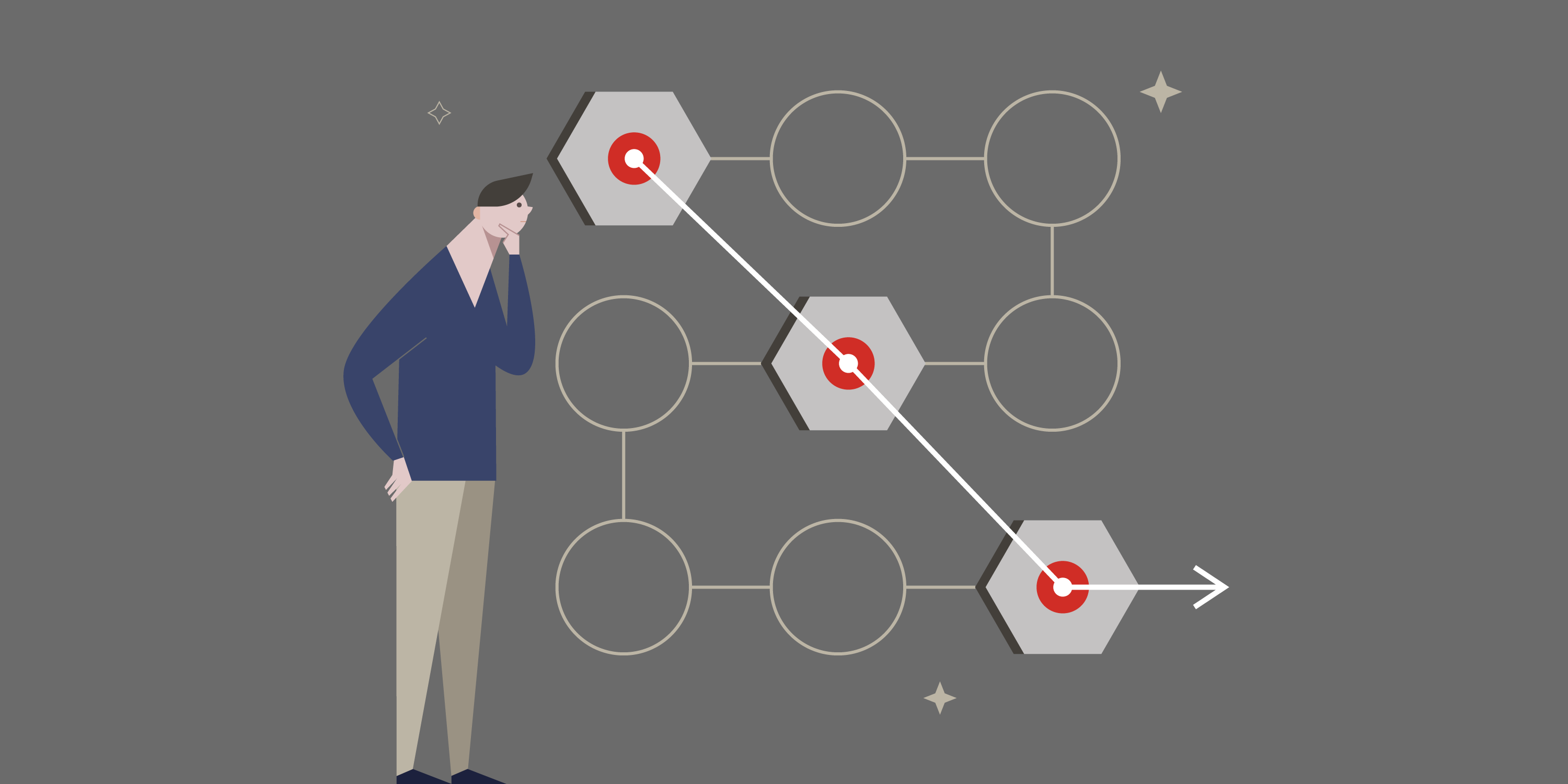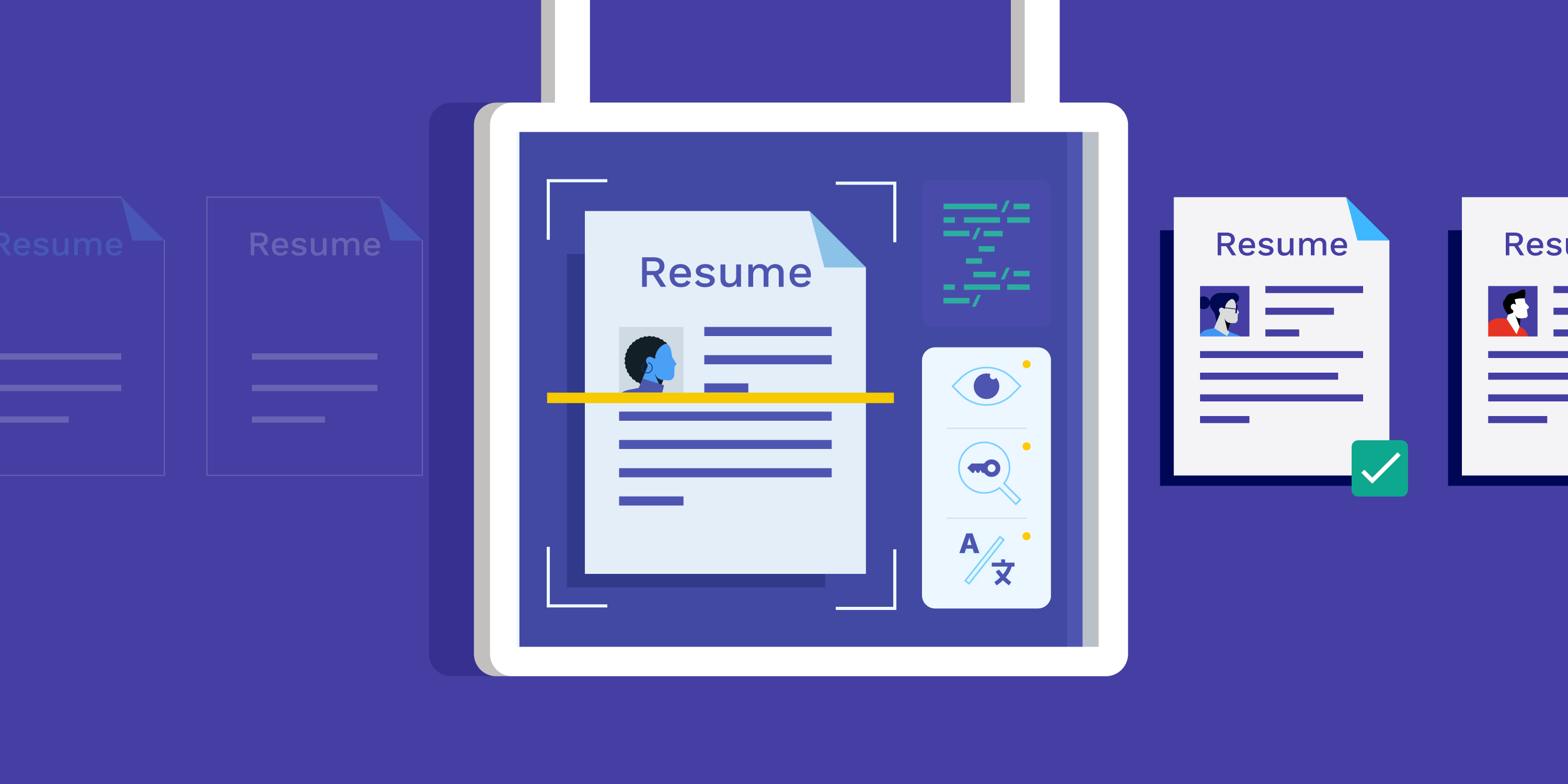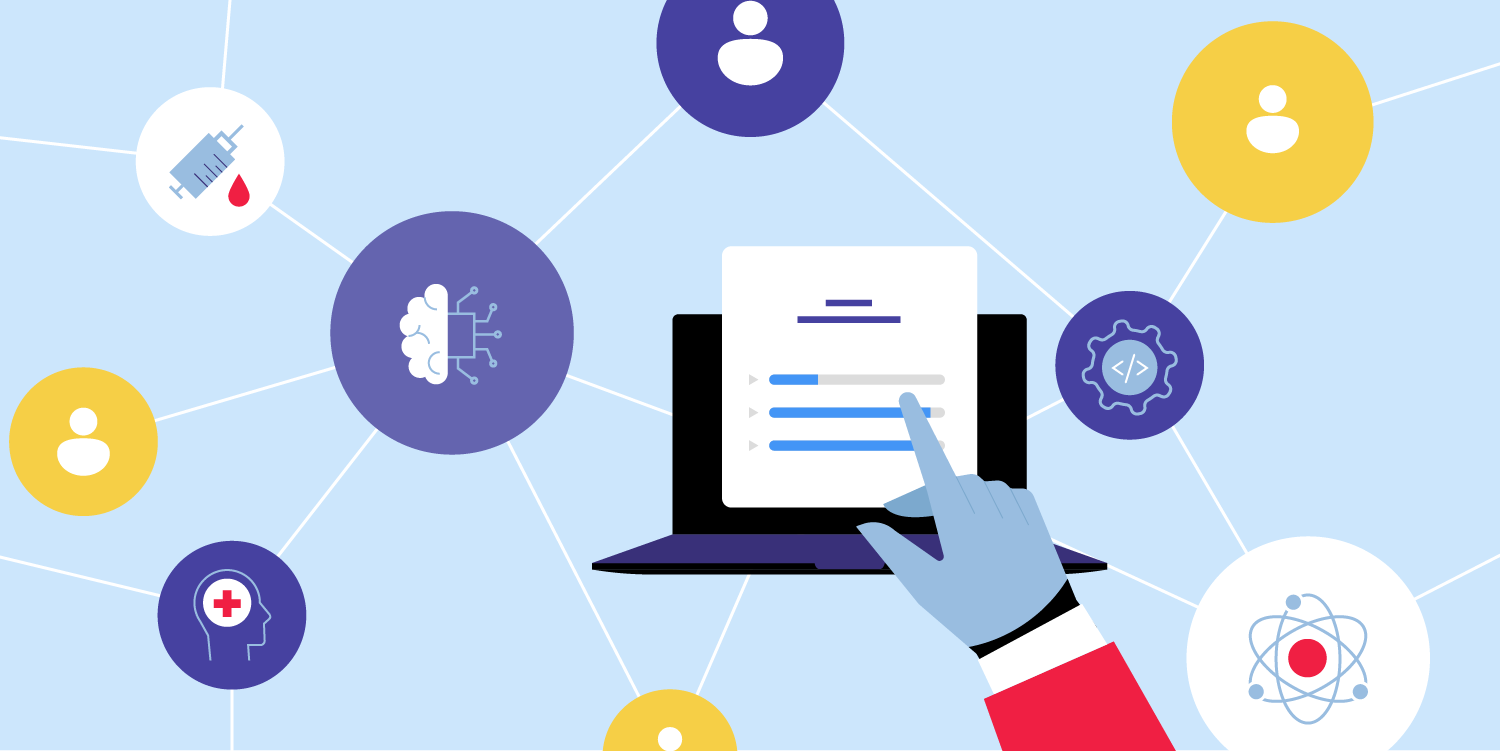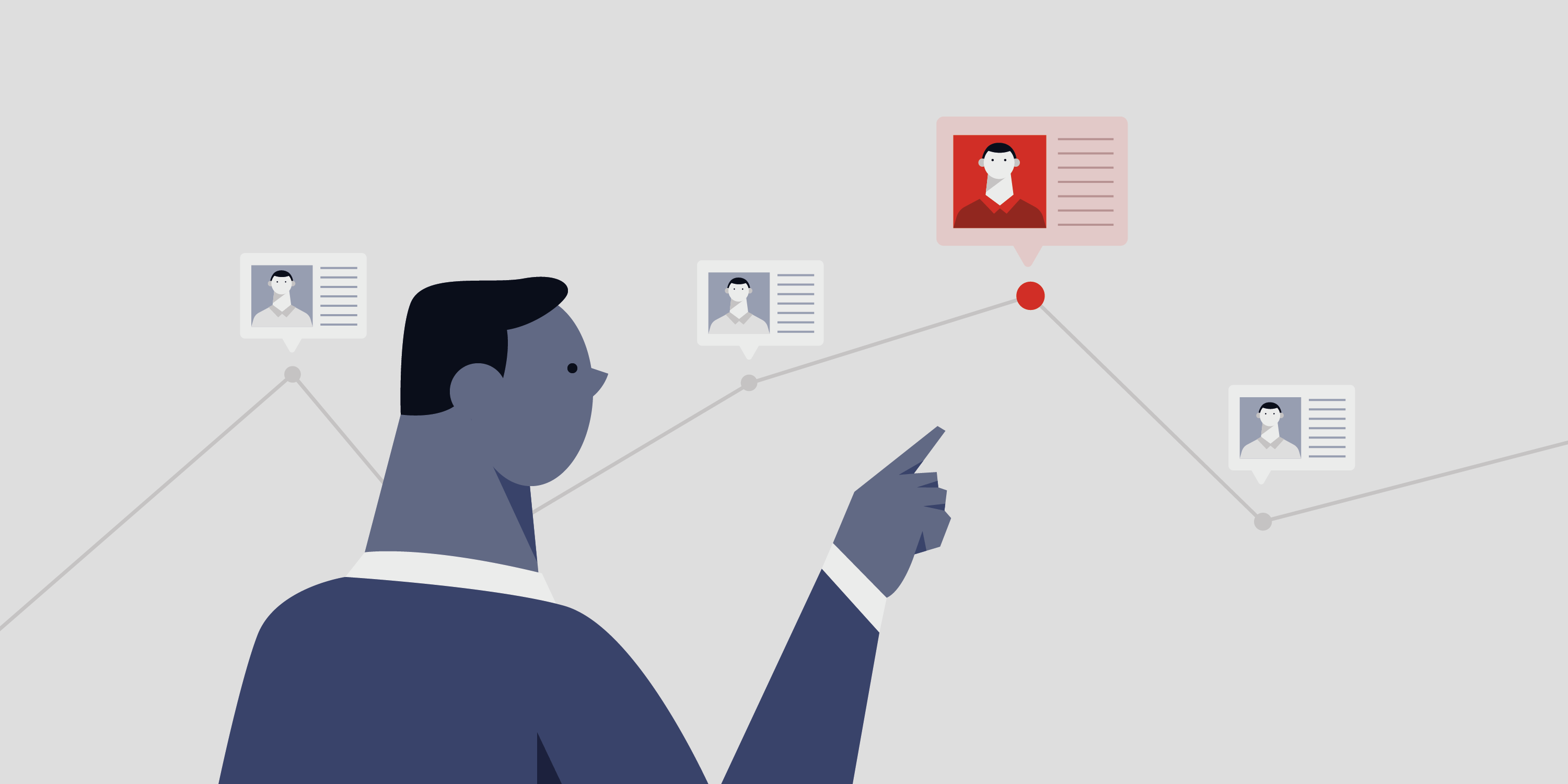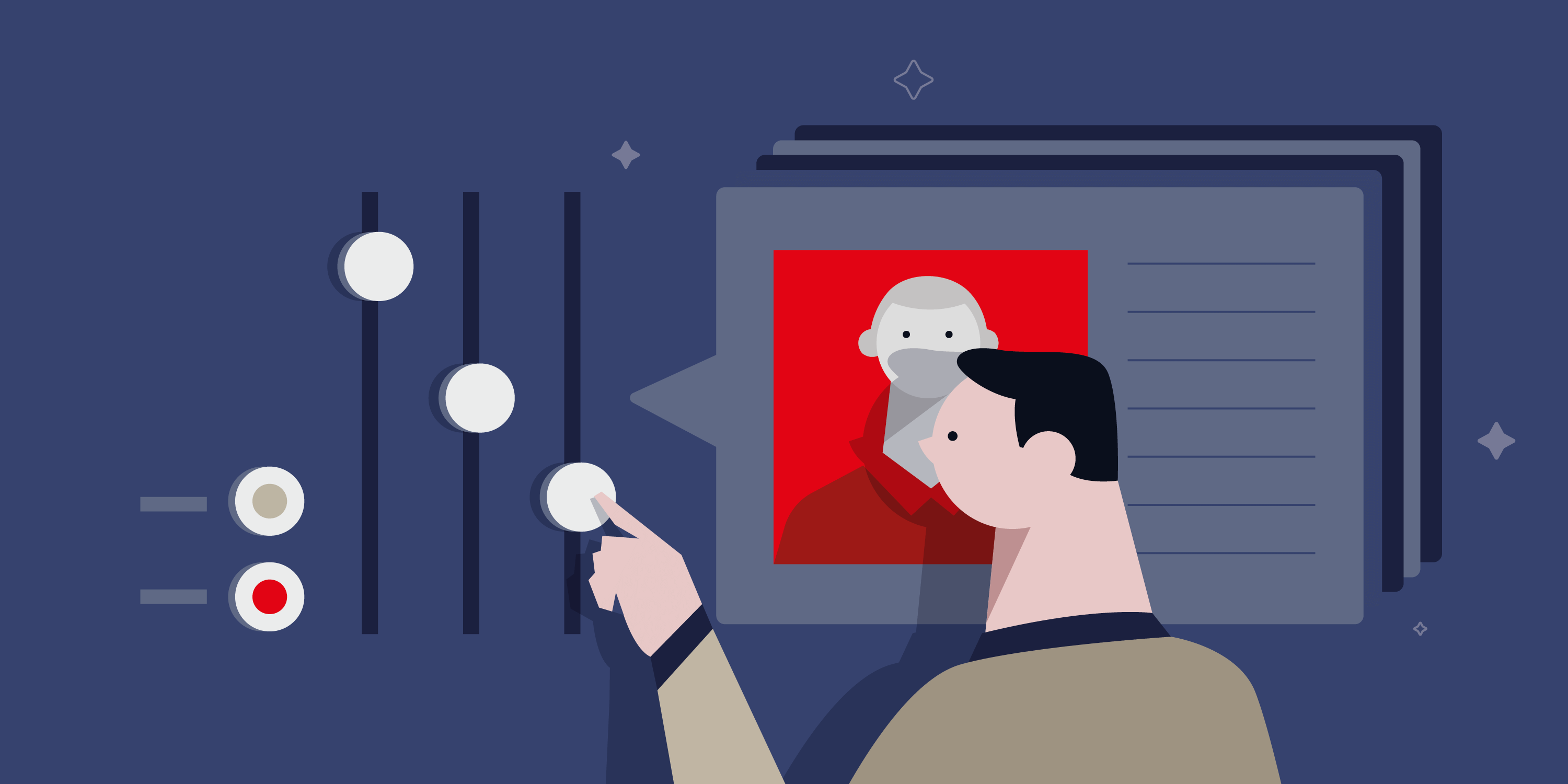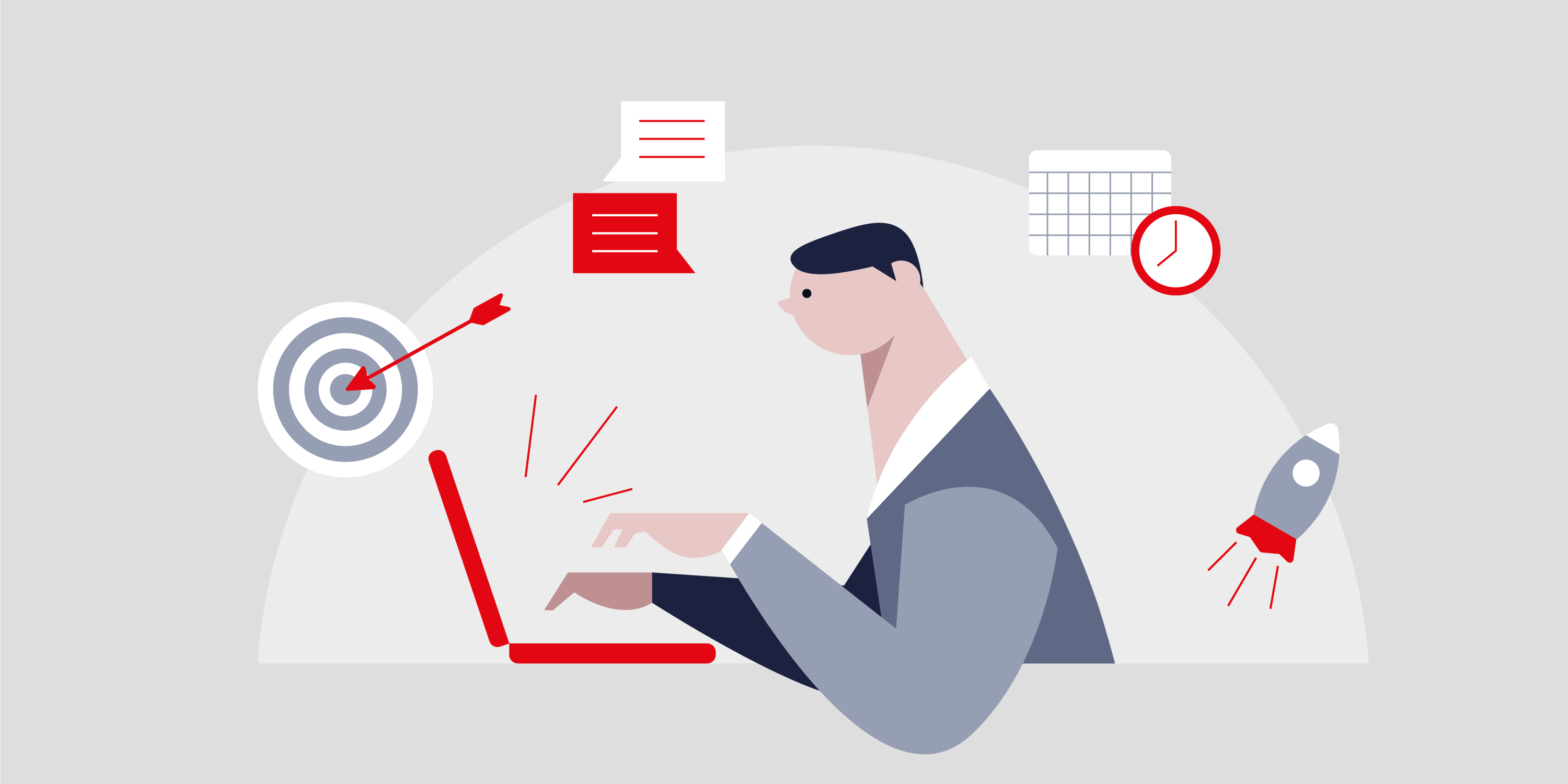Recruiter’s Guide: How To Hire Designers In 8 Steps

Dalia Goldberg is a US-born writer based in Europe. She specializes in HR technology, productivity, and remote work.
What do you consider when recruiting and hiring designers? Learn how to find designers, what skills to look for, how to make an offer and onboard top designers.
In today’s digital economy, designers are needed more than ever. Besides physical products, companies now create websites, apps, software, and even robots—all of which need to be aesthetic and usable, as well as functional. That’s why many tech companies are doubling their design hiring, as the value of “design thinking” becomes increasingly clear.
However, hiring good designers can be more challenging than it seems. With several websites offering access to thousands of skilled professionals based all around the world, choosing between them can be overwhelming. There are so many different types of designers that many candidates have a diverse profile. This makes it even more challenging to determine who is the best fit.
To sort through the candidate pool and find your ideal designer, it’s important to have a good idea of what your company needs. Streamlining your hiring can make finding the best candidates easier. By using an organized methodology, you can save time and reach the talent that’s right for you.
This eight-step process can help you easily source, hire, and onboard design talent for your projects.
1. Understand the Different Types of Designers
Before you start hiring, you’ll want to understand which types of designers are out there. For the purpose of this guide, we’ll focus on three high-growth, technology-related design fields.
UX/UI Designers
UX designers handle the User Experience (UX) of a website, while UI designers create the User Interface (UI) of a digital product. If you’re looking for a designer with research skills and insights into user psychology, you may need a UX designer. On the other hand, if you’re building a digital product and need someone to design the interface, a UI designer may be what you’re looking for.
Web Designers
A web designer designs the user interface of websites. He or she should have an excellent eye for digital design, as well as some coding capabilities. Many websites are created using a CMS and pre-built templates, such as with Wordpress themes that a web designer can customize. If your website requires complex functionality, you may want to consider hiring a web developer as well as a designer.
Graphic Designers
A graphic designer may create digital graphics, like infographics, logos, and digital illustrations. They may also create print graphics, like posters, brochures, or magazine art.
2. Use Workforce Planning To Identify Your Design Needs
Once you’ve familiarized yourself with the different types of designers, you’ll want to decide which one to hire. Consider the following factors:
- What skills does your designer need to have? (Such as website design, brand identity, logo design)
- How often do you anticipate needing design work (on a project, temporary, part-time, or full-time basis)?
- What is your budget?
- Do you want to make one hire, or multiple hires for design projects?
Planning your hiring carefully can help you avoid disasters later on. You can learn more about workforce planning in this useful guide.
3. Create a Detailed, Enticing Job Description
Now it’s time to reel in your winning candidate with an engaging job description.
A good job description should be clear, easy to follow, and written in a tone that reflects your company culture. Vibor Cipan, the CEO of design and development firm Point Jupiter, recommends describing specific job responsibilities and requirements, without overwhelming candidates by listing “all the tools, techniques, and methodologies you've ever heard of”. He adds that you should “explain if you offer some education, training, or mentorship—you want to hire people who are passionate about learning and growing.”

4. Post the Job in Places Where Designers Are
After you’ve created your job description, you can turn your attention to sourcing designers. In the section on “Where to Hire Designers” below, we’ll explain the different types of sites where you can find designers or post jobs, with links to a few of the most popular ones.
When looking through designer job applications, you will most likely find yourself sorting through portfolios. Hannah Wright, the founder of e-commerce company SaaS Design, suggests checking for plagiarism at this stage. “The last thing you want is to accidentally hire someone who has used another company's work without your knowledge. To avoid hiring someone who has plagiarised work in their portfolio, you can check their work by using Google’s Reverse Image Search to see if a design has been featured anywhere else on the web.”
5. Set a Fair Salary
Before inviting candidates in to interview, you’ll want to have a salary range in mind. Salaries for designers can vary widely, based on job title and location. However, in general, there’s a range of rates you can expect when hiring a designer. Here are the average annual salaries for a mid-level designer in the US, according to Payscale.com and Glassdoor:
- UX Designer: $74,000 to $85,000
- Web Designer: $49,000 to $53,000
- Graphic Designer: $37,000 to $46,000
6. Evaluate Candidates Through Job Interviews
At this point, it’s time to begin the interview process.
A great interview should allow candidates to highlight their strengths, while clarifying any areas of concern. It’s worth investing time in preparing your interview questions beforehand, so you can gather enough information to make a sound decision. You can learn about the methods Facebook uses for interviewing designers here.
Along with the classic questions you would ask candidates in any field, interviewing a designer may involve a couple of extra steps. Hannah Wright from SaaS Design recommends having candidates complete a paid test project, so you can see firsthand how their creative process works. “One great way to find out whether or not a candidate will be successful at your company is to work with them on a small scale first.”
Vibor Cipan from Point Jupiter adds that you should also test designers’ communication skills, particularly the way they deal with criticism. “Look for people who have experienced [criticism], see how they positioned themselves, how they defended their decision, or if they took a more diplomatic approach. There are no real right and wrong answers here... you want to see how they are communicating.”
7. Make an Offer to the Most Promising Candidate
When the interview process is done, hopefully you’ll have found your perfect fit and be ready to make an offer. While this may seem like a straightforward part of the process, it still offers an opportunity to make a good impression on your potential new hire. You can do this by writing a job offer letter.
A job offer letter formalizes what was said in the hiring process, so both you and your future employee can feel confident moving forward. Here’s what a job offer letter should address:
- The new employee’s start date
- Responsibilities of the role
- Compensation
- Benefits offered
- Structure of the organization
- Work schedule
- Legal requirements: confidentiality agreement or background check
8. Onboard Your New Hire
If your preferred candidate accepts the offer, you’ll be ready to move forward with your new designer!
At this point, you’ll need to onboard the new hire into your organization, to make sure things get off to a smooth start. For a new employee, it’s important to make sure he or she feels integrated with the team. You’ll also need to deal with administrative matters, such as payroll, benefits, and setting up a new workstation.
You can find a comprehensive guide to onboarding new hires here, including examples and an onboarding checklist.
Where To Hire Designers
As previously mentioned, using design job boards can narrow down the hiring pool, enabling you to find the best industry-specific talent. Here are some of the top places to source designers online:
Talent Networks
Talent networks allow select design candidates to showcase their skills with an online profile. Since they typically only work with designers that meet their criteria for skills and experience, they’re a good way to connect with established professionals.
Freelance Sites
On freelance websites, companies can access a pool of freelancers from around the world. These websites provide a wide variety of designers to choose from. However, they usually have less stringent vetting procedures, meaning their quality varies more than talent networks.
Design Communities
Online design communities allow designers to create a portfolio showcasing their best work. While not always optimized for hiring, they are home to a large number of professionals, and provide ample opportunity for viewing samples.
Conclusion: The Many Benefits of An Organized Hiring Process
When it comes to hiring, it’s worthwhile to have an organized process. Your hiring process is the first contact potential employees will have with your company, and it can make a lasting impression. According to Deloitte, eighty-three percent of talent say a negative interview experience can change their mind about a role or company they once liked, while eighty-seven percent of talent say a positive interview experience can change their mind about a role or company they once doubted. In this context, taking the time to plan out your design hires using these eight steps, plus the online resources provided above, can really pay off in the long run.

Dalia Goldberg is a US-born writer based in Europe. She specializes in HR technology, productivity, and remote work.
